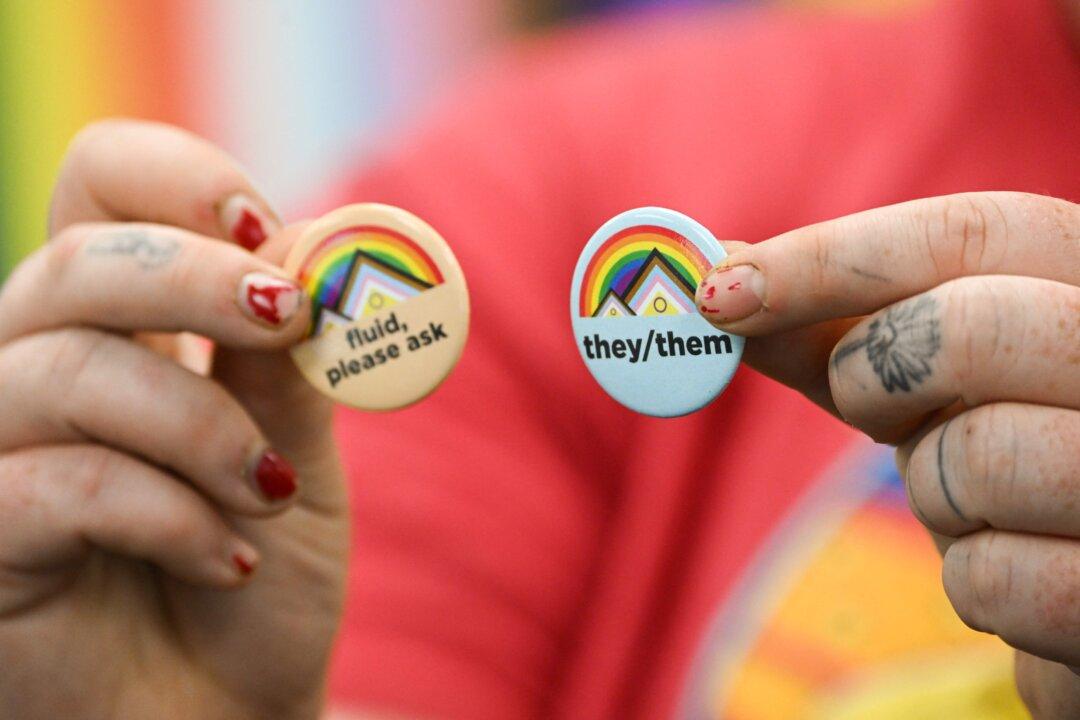When Abbott’s teenage daughter befriended a transgender peer, he did not foresee the tidal wave of online content about transgender issues she would encounter. Within a few months, his daughter was in the throes of gender confusion.
After persistent and thoughtful efforts that Abbott compares to a game of chess, he and his wife were able to guide their daughter away from a disastrous path.





